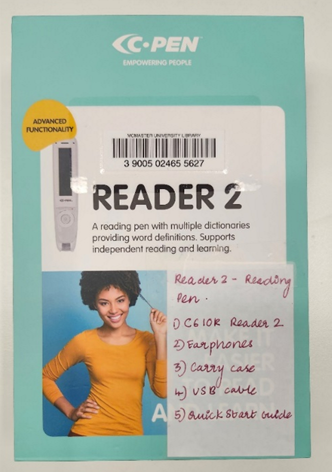Primer
The McMaster Libraries' approach to identities must be inclusive and foster a sense of belonging. Pronouns for staff and students should be respected, understood, and adhered to. A good workplace policy is to create and communicate in an inclusive environment, and to have everyone designate their pronouns in media and print, where possible and comfortable.
Like names, pronouns are important personal identifiers. There are several ways to identify; here are some commonly used ones. Please see the graphic below. At the risk of conflating gender and sexuality, be mindful that some specific signs may indicate sexual orientation, but this is not always the case.

Source: The importance of pronouns - Civil Rights Now (seattle.gov)
She/Her, He/Him, They/Them, as well as She/They, He/They are commonly used. However, there are many other examples, including neopronouns such as ze/zir and xim/xey. Please see the graphic below.

Source: They/Them Pronouns: What People Get Wrong About Their Meaning | Them
What is most important to note is that pronoun usage, for some, can come with many mistakes and unintentional bias. Calling someone by pronouns they do not use is called misgendering. For example, one may refer to a woman-presenting individual as she/her, when they identify as she/they—often indicating they identify as Queer—or they/them. If you find yourself making this mistake, it is essential to own it, apologize, ask for clarification of pronouns, and move forward. There is no malice in learning; there is harm in repeatedly getting pronouns incorrect for lack of trying.
We no longer use the term “preferred pronouns.” At one point, people would ask, “What are your preferred pronouns?” We no longer use the term preferred as these are not terms to be negotiated, but to be observed and respected. If you are curious about someone’s pronouns, ask: “What are your pronouns, please?” This can clarify matters and often leads to good, sound discussion on equity, equality, and inclusion. Getting pronouns correct empowers gender affirmation and signals mutual respect. It can go a long way to foster inclusive environments in the workplace.
This short 5-minute video offers some solid information on pronoun usage on campus:
Recommendations:
- Candidates should be asked about their pronouns during the selection process.
- All written New Staff announcements should include pronouns after their names.
- All new staff introductions at meetings (e.g., UL All-Staff Meetings) should include pronouns.
- MUL should work with UTS to ensure that screennames can include gender pronoun identifiers (e.g., Chris Nicol, He/Him on Microsoft Teams).
- Nametags should also distinguish pronouns. Pronouns should be added to the new UL staff's permanent (metal) name tags. Existing staff metal nametags should be updated over time.
- When disposable name tags are used, we should encourage using names and pronouns.
- Our Zoom accounts should reflect these changes as well. (To add your pronoun simply…)
- Our email signature should include pronouns as well. (To edit your email signature file simply…)
- Pronoun display should be an opt-out decision. The expectation is to state your pronouns unless you feel uncomfortable doing so (e.g., Staff Directories).
Additional Resources:

